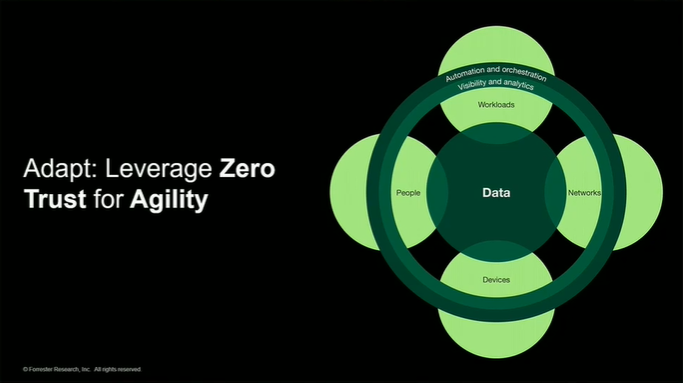Just in case you missed it, GameStop quietly announced a major data breach of sensitive customer information which occurred for a six-month period. We say “quietly” announced because they sent out snail mail letters to anyone that might be a potential victim.
Snail mail, in 2017, to discuss a major data breach online. Well, that’s one way to do it, we suppose.
Back in April, GameStop made it clear they were looking into a “potential” data breach that might have exposed customer credit card numbers and related information.
If you made a purchase with GameStop, particularly through their website, anytime between August 10, 2016, and February 9, 2017, your credit card data may be at risk. Eagle-eyed readers will notice that’s a remarkably long period of time, and probably includes a massive number of customers. Sadly, the company has yet to announce any concrete numbers, so it’s hard to say how many are actually at risk.

Oh, just some names, addresses, credit card numbers and even three-digit security codes — you know, the ones that prevent unauthorized purchases from your credit and debit cards?
Way to go, guys and gals, that’s quite the egregious error on your part. Hopefully, most of the customers who made purchases during that timeframe are safe.
Of course, this is nothing new. Honestly, it’s par for the course with big corporations and organizations like GameStop, as data breaches have become an incredibly common occurrence. Data breaches such as this one cost an average of $4 million for the companies involved.
Worse yet, there has been a 29 percent increase in data breaches from 2013 to 2016, as IBM pointed out.
GameStop did outline some precautions you can take to protect your sensitive data and identity in the letters they sent out to customers, but that doesn’t really help anyone not receiving said letter — for example, anyone who’s been through an address or name change since the time of the breach.
Chances are, there are a few people who will never see those letters, which means they might not be aware of the breach, or how to protect themselves. No worries, that’s where we come in.
It’s also a good idea to get out of the habit of storing your credit card information via online services and accounts. That won’t necessarily prevent a breach, as hackers can still gain access even with old transactions in some cases.
That said, keeping your credit card information close to your chest is safer, even if it is a hassle to re-enter that information every time you want to make a purchase. Better safe than sorry, especially when it comes to your finances and identity theft!
By Kayla Matthews





